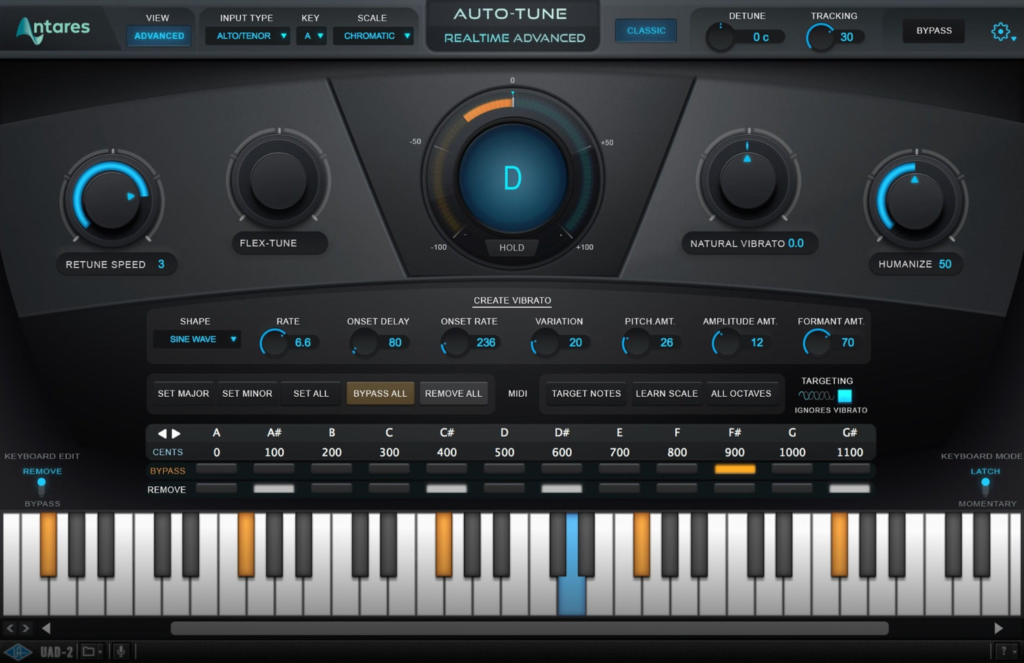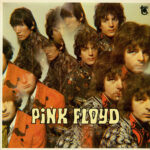Auto-Tune has become a staple in today’s music industry, popping up in nearly every genre, from pop to hip-hop and even rock. Whether it’s used to smooth out a singer’s pitch or create a robotic vocal effect, Auto-Tune is everywhere. But what exactly is it, how does it work, and is it really a good or detrimental thing for music? Let’s break it down!
Contents
What is Auto-Tune?
Auto-Tune is a software that instantly corrects the pitch of vocals or instruments. Imagine hitting a wrong note while singing—Auto-Tune steps in and adjusts that note to the correct pitch. Pretty handy, right? But what’s even more interesting is that Auto-Tune wasn’t originally designed for music at all. It was created by Andy Hildebrand, who initially developed the technology for analyzing seismic data. It wasn’t until 1996, when Antares released the first Auto-Tune rackmount unit, that the music world got its hands on it.

Today, Auto-Tune is mostly used as a plug-in for digital audio workstations (DAWs), with software versions like Antares Auto-Tune, Waves Tune, and Melodyne leading the pack. Many DAWs, like Logic Pro and Ableton Live, even have built-in pitch correction tools, and some hardware options like the Boss Vocal Performer or TC Helicon VoiceLive offer similar effects.
How Does Auto-Tune Work?
Auto-Tune analyzes the pitch of an incoming audio signal and adjusts it to match the target pitch. You can either set specific notes or choose an entire scale for Auto-Tune to follow. The software also allows you to control the speed of the correction. If you want it to sound natural, you can slow down the correction speed. If you’re after that robotic, “T-Pain” style, you can set it to snap immediately to the target pitch.
Some Auto-Tune plug-ins even let you manually draw pitch correction curves for more detailed control. This can be a bit tedious but gives more precision for complex vocal performances.
How Did Auto-Tune Become Popular?
Auto-Tune wasn’t meant to be heard when it was first introduced. It was supposed to correct pitch so smoothly that you wouldn’t even notice it. But in 1998, Cher’s hit song “Believe” flipped the script. The producers pushed Auto-Tune to the extreme, creating a distinct, robotic sound that became an iconic part of the track. This effect, now commonly known as the “Cher effect,” took the music world by storm.
Following “Believe,” artists like Daft Punk, Chris Brown, T-Pain, Kesha, and many more embraced Auto-Tune, either using it for creative vocal manipulation or subtle pitch correction. Today, you can hear Auto-Tune in many chart-topping tracks, often used as a stylistic tool to create unique vocal textures.
Is Auto-Tune Bad for Music?
The big debate surrounding Auto-Tune is whether it enhances music or waters it down. On the one hand, Auto-Tune helps artists deliver polished performances, which can be crucial in a world where listeners expect near-perfection in recorded music. Even the best singers use Auto-Tune to fine-tune their vocals in the studio. Often, you won’t even notice it because it’s used so subtly.
However, some argue that Auto-Tune strips away the authenticity of a vocal performance. When every note is perfectly tuned, the raw emotion and unique imperfections that make a voice stand out might be lost. And when it’s overused, Auto-Tune can make vocals sound overly robotic and unnatural, which can detract from the emotional connection of a song.
Still, it’s important to remember that Auto-Tune is just a tool. It’s up to the artist and producer to decide how to use it. When applied carefully, Auto-Tune can enhance a vocal track without sucking the life out of it. It’s all about balance.
How to Use Auto-Tune for Your Own Music
Interested in adding Auto-Tune to your tracks? It’s easier than you might think! You’ll need a DAW and an Auto-Tune plug-in, like Antares Auto-Tune, Melodyne, or Waves Tune. Most DAWs come with built-in pitch correction tools, so you may already have what you need. Apply the plug-in to your vocal track and adjust the settings to match the effect you’re after.
For subtle pitch correction, slow down the response time and let the software gently guide the pitch. But if you want that hard Auto-Tune sound, crank up the speed and make the correction more aggressive. Play around with the settings to find the sweet spot for your track!
Auto-Tune Beyond Vocals
Although people most commonly use Auto-Tune on vocals, you can also apply it to instruments. For example, if you’ve recorded a great acoustic guitar take but the tuning is slightly off, Auto-Tune can correct those small pitch problems without losing the character of the performance. This is especially useful when re-recording isn’t an option.
Final Thoughts: Is Auto-Tune Good or Bad?
Auto-Tune has undeniably shaped modern music. Whether you see it as a helpful tool for polishing performances or an overused effect that takes away from the authenticity of a song depends on personal taste. In reality, Auto-Tune is neither good nor bad—it’s how you use it that matters.
Some artists use it to create mind-blowing vocal effects, while others rely on it for subtle tweaks that most listeners won’t even notice. And that’s okay! Music is all about creativity and expression, and Auto-Tune is just another way for artists to explore new sounds and push boundaries.
So, what do you think? Does Auto-Tune enhance music or take away from it?












![The Best Free EQ VST Plugins for Music Producers [2024] 3 Best Free EQ VST Plugins](https://musicfevr.com/wp-content/uploads/2024/10/Best-Free-VST-Plugins-for-EQ.png)